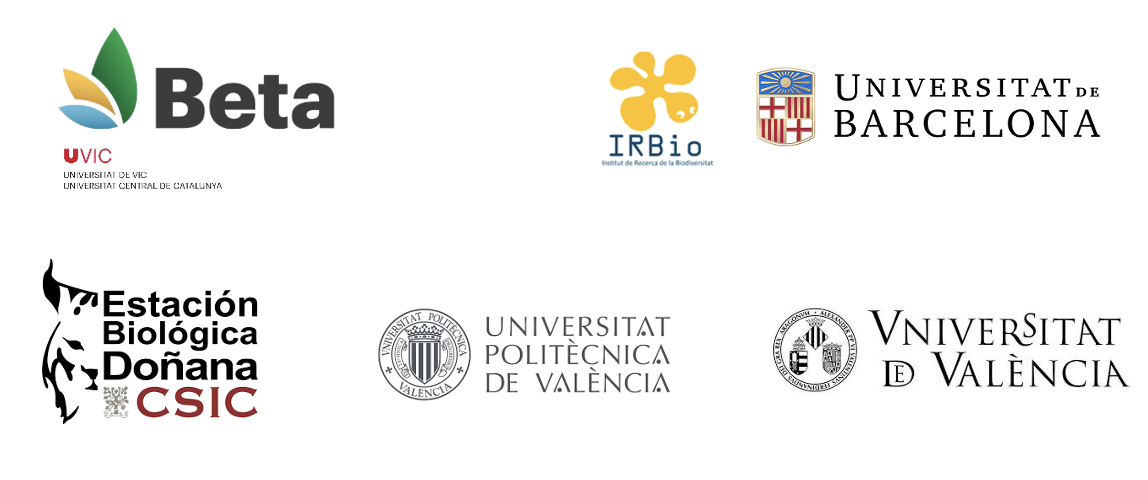In the last decade, western Mediterranean beaches have been experiencing an increase in the frequency of loggerhead turtle (Caretta caretta) nestings. This increase may correspond to a process of colonization of the species as a consequence of climate change, something that is considered to be of great importance for their survival due to evidence and predictions of feminization and reduced viability of hatchlings on the nesting beaches of their original nesting areas.

However, this emerging colonization is occurring in areas with a high level of human occupation, as is the case on the Spanish coastline, which is why appropriate management is necessary to favor the success of these clutches in coexistence with the human presence.
The recent emergence of this colonization process has required all the agents involved, both scientists and public administrations, to develop new capacities over the last few years. The main factors that can negatively affect this growing population are the lack of public awareness, the scarcity of scientific information, the alteration of the laying beaches for the successful incubation of eggs and the effectiveness of the management measures that are being implemented.
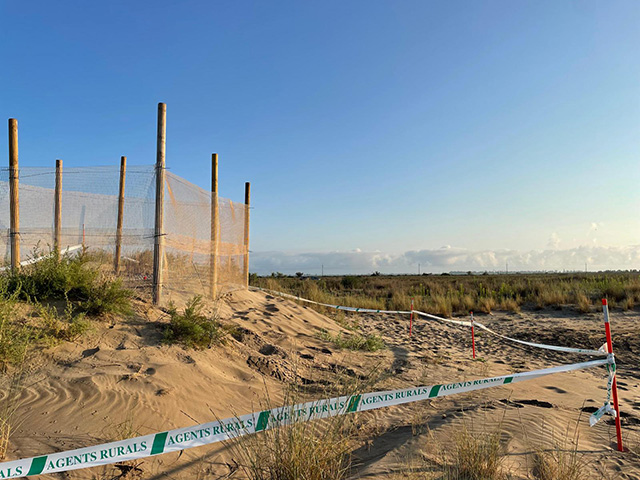
In recent weeks, at least fifteen sea turtle nests have been detected along the Spanish coast, adding to the one hundred nests documented in Italy. These figures already represent the record number of nests detected in a single season.
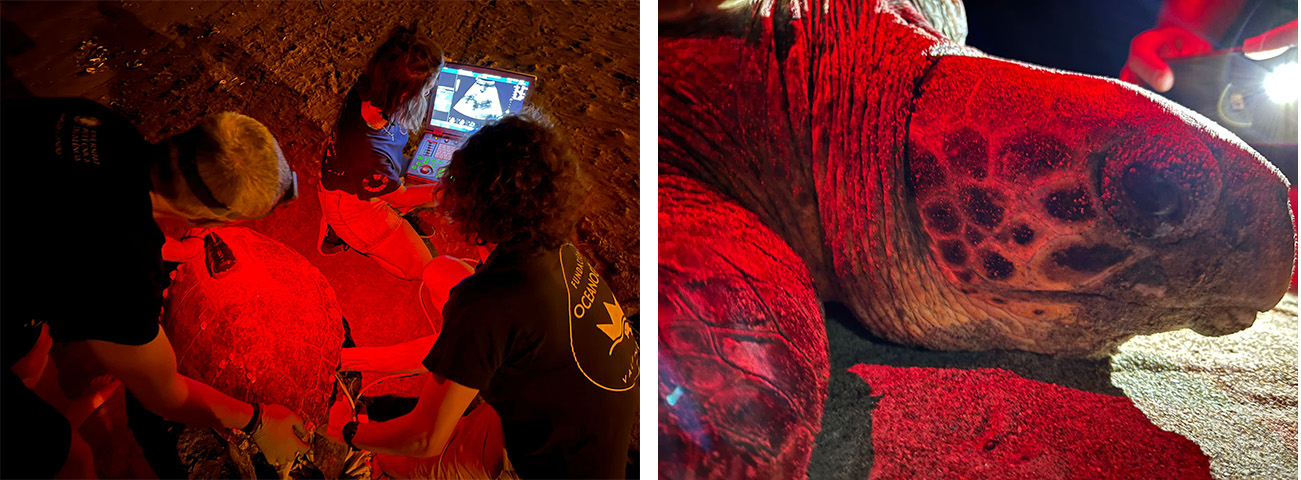
InGeNi-Caretta, a new project funded by Fundación Biodiversidad will contribute to generating the scientific knowledge needed to understand why this colonization is occurring and to facilitate decision-making in the planning and management of this endangered species.
This recent phenomenon is quite possibly caused by the warming temperatures of the Mediterranean Sea and the sand on its beaches due to climate change, a hypothesis that InGeNi-Caretta hopes to contribute to proving. This increase is modifying the nesting area of the loggerhead turtle, leading it to nest in grounds where it had apparently not done so before, calling for new biodiversity management challenges in these territories.
Very Active Start to the 2023 Season
The first sea turtle nest detected this season on a Spanish beach appeared at the beginning of June on Can Pere Toni beach in Palma, in the Balearic Islands. Within a few weeks it was quickly followed by more nests detected on beaches in Catalonia, Valencia, Murcia and Andalusia. Some nesting attempts have also been detected.
In Catalonia, three of the nests have been located in the Ebro Delta, which may indicate the growing importance of this natural area as a new nesting site.
All this activity is posing a great challenge for the monitoring networks, local and regional governments and academic institutions involved, which in each case activate the protocols recently drawn up both in Catalonia and in the rest of the Spanish coastal communities for their conservation and for the collection of scientific data.

This increase in nesting activity on Spanish beaches is in line with what is also occurring in other areas of the Western Mediterranean, Italy being the paradigmatic case: in the first weeks of the season, nearly 100 nests have been detected. Regions such as Campania have detected increases of more than 50% compared to previous years.
Launch of the InGeNi-Caretta Project
Thanks to funding from the Biodiversity Foundation, a consortium formed by the BETA Technology Centre of the University of Vic-Central University of Catalonia, the University of Barcelona and the Biodiversity Research Institute (IRBio) of the University of Barcelona, the Universitat Politècnica de València (a team led on the Campus Gandia by Eduardo Belda, an expert in satellite monitoring of marine species), with the collaboration of the University of Valencia, and the Doñana Biological Station has begun work on InGeNi-Caretta.

The project encompasses several actions. It will enable a detailed study to be carried out on the potential suitability of Spanish coastal beaches for nesting sea turtles, considering their physico-chemical characteristics and better defining the environmental parameters on nesting beaches. Moreover, it will make it possible to analyze the number, origin and behavior of breeding individuals through genomic studies of the nests, as well as their biological efficiency, the number of eggs, the rate of embryonic development and the viability of the hatchlings. Finally, by combining all the data obtained, it will also be possible to assess the impact of brood genotype on dispersal, viability and growth.
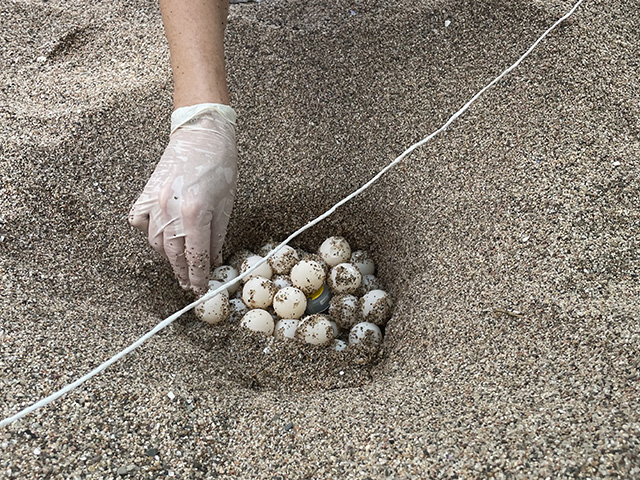
The consortium also hopes to examine the behaviour of females and offspring through the use of satellite telemetry and stable isotope studies. By monitoring their movements, they will be able to infer the feeding areas and habitat use of the females prior to laying and their subsequent dispersal, in order to determine important nesting areas. Finally, the success of ex situ conservation will be studied to assess hatching percentage, growth parameters and viability of hatchlings in captivity in order to facilitate “head-starting” practices.
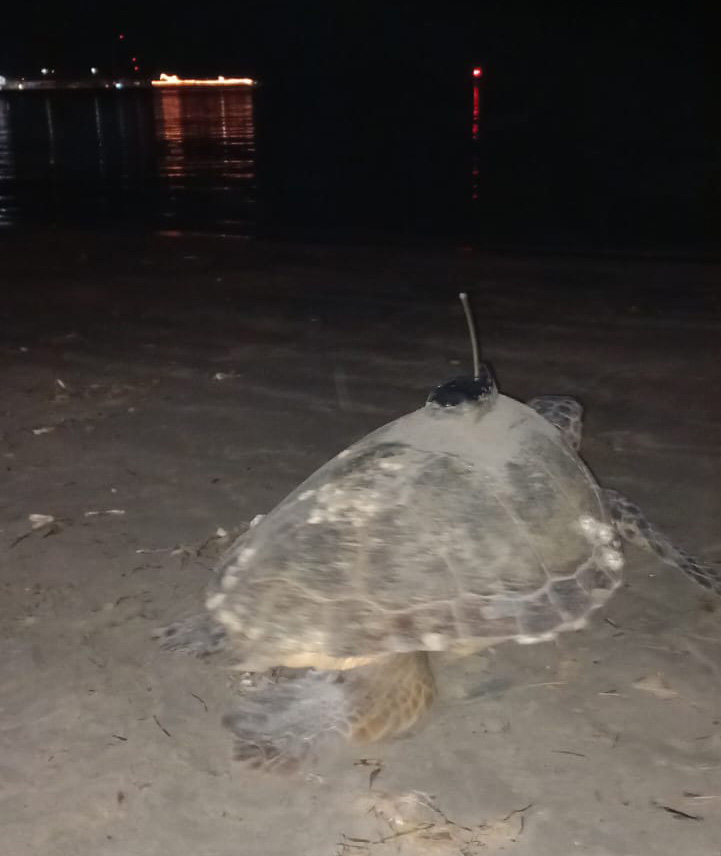
InGeNi-Caretta is supported by the Biodiversity Foundation of the Ministry for Ecological Transition and the Demographic Challenge (MITECO) in the framework of the Recovery, Transformation and Resilience Plan (PRTR), funded by the European Union – NextGenerationEU.

Participating institutions:
